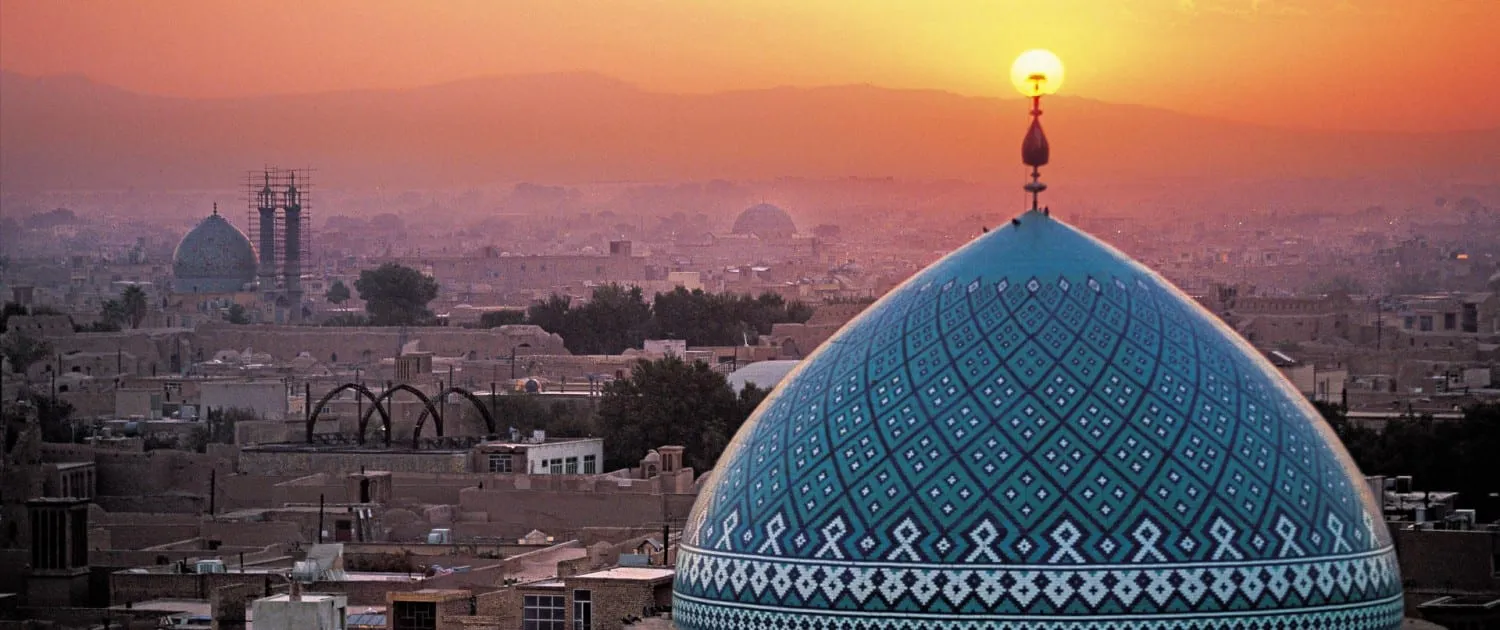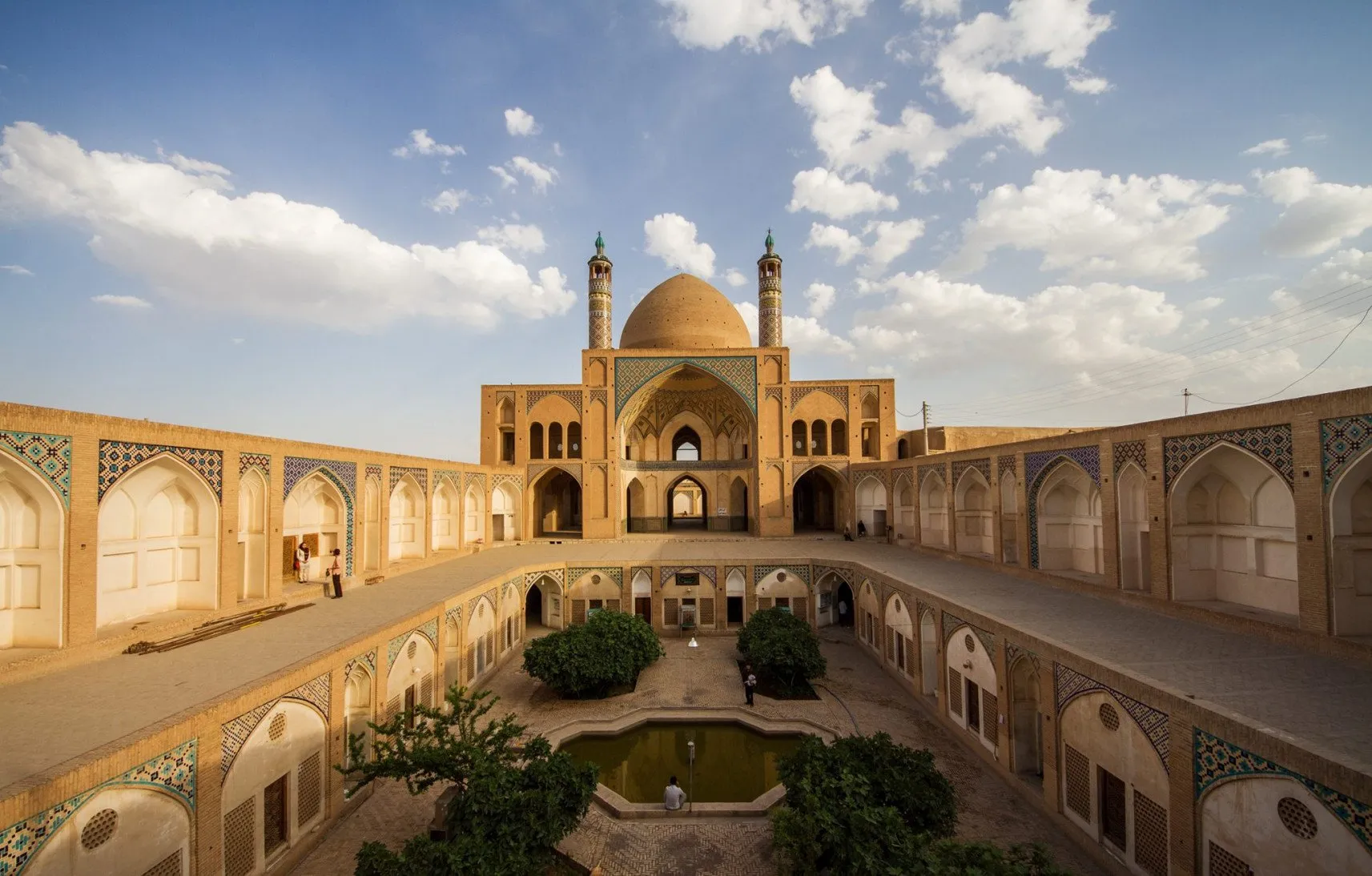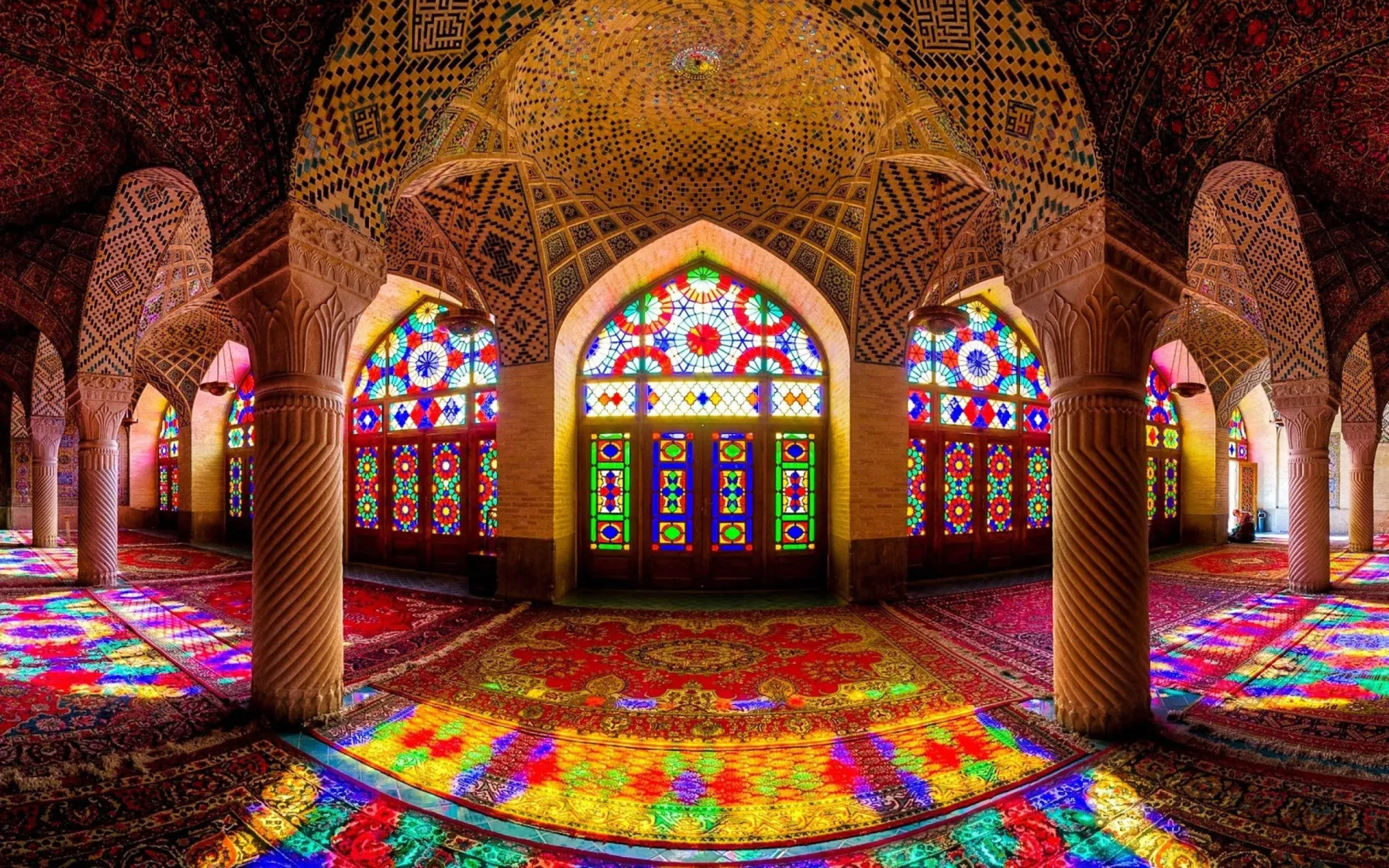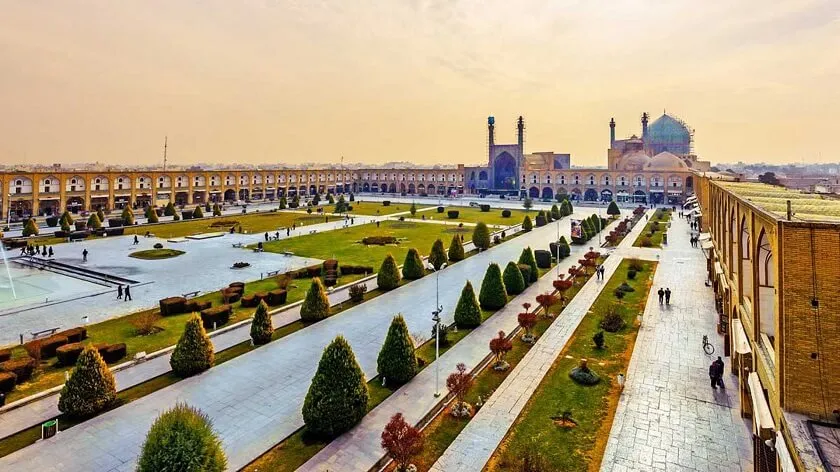Iran is an incredible country; at least according to the United Nations Educational, Scientific, and Cultural Organization (UNESCO). Iran is home to the one of the oldest civilization of the world and boasts of 24 UNESCO world heritage sites (currently, in July 2019). 22 cultural and 2 natural sites, Iran has no shortage of sites to explore.
Among the list of countries with the most UNESCO World Heritage, Italy and China are at the top of the list, standing in number one with 55 world heritage sites. Iran, however, stands at the 10th rank with 24 UNESCO-registered sites, surpassing the United States and Japan.
Check out one of our most in-depth cultural tour: Iran UNESCO Highlights
Now, in this post, you will read the complete list of UNESCO World Heritage Sites in Iran. First, we will introduce the 22 cultural sites and afterwards, the 2 natural site in Iran. These sites have been classified by date of registry in UNESCO’s World Heritage Site, starting with Persepolis which was registered in 1979, before the Islamic Revolution in Iran.
1. Persepolis
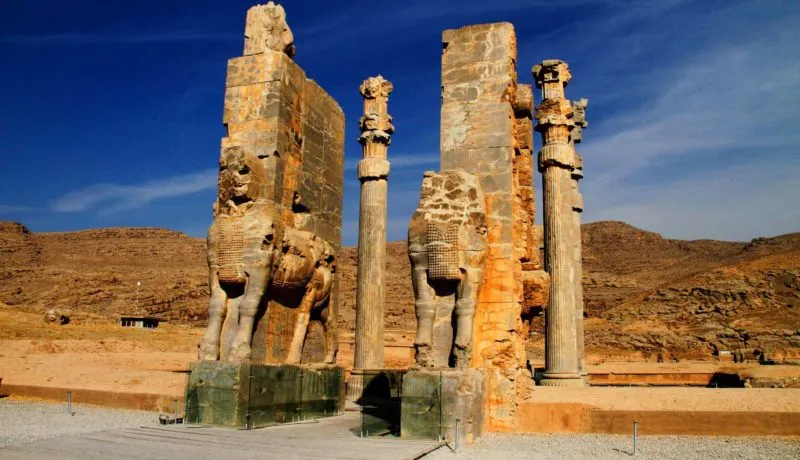
One of the cities tourists are interested to visit the most is Shiraz. Not only because of the warmth of its people and weather but also because of diverse historical places it offers to visitors. One of them is Persepolis, which is located 60 km northeast of Shiraz in Fars Province.
Nearly about 2500 years ago, this incredible site was made by humankind, they didn’t use any cement or mud to attach giant stone columns. Persepolis has thirty-six stone columns, each more than 19 m in height with a square base, a fluted shaft, and a composite capital, supported the roof of the hall. The mud-brick walls of the hall, well over 5 m thick and over 20 m in height, were flanked by four corner towers and by deep recesses on at least three sides, all are unique in its kind. This empire city once was the ceremonial capital of the Achaemenid Empire.
2. Tchogha Zanbil
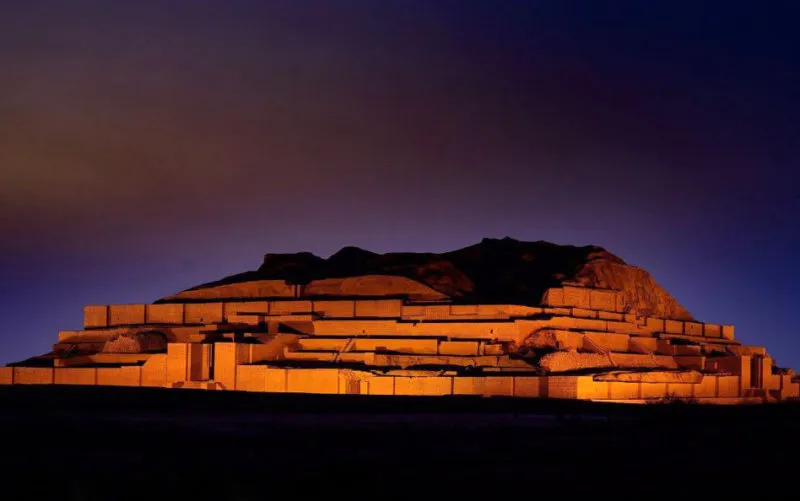
In ancient civilization and culture of Asia, Ziggurats were highly ranked sacred temples. The ziggurat is made by Adobe, mud brick or baked brick which has a pyramid shape. Tchogha Zanbil (the City of Untash, in Elamite) is the largest ziggurat outside of Mesopotamia and one of the best types of stepped pyramidal monuments. It is located near the ancient city of Susa in Khuzestan province of Iran. The ruins of Tchogha Zanbil is the sole testimony to the architectural development of middle Elamite period. The measurements reveal that the ziggurat width is 105.2 m on each side and the height is about 53 m, in five levels and with a pyramid-shaped temple. It is authentic in terms of its form, design material, and substance.
2. Meidan-e Emam – Esfahan (1979)
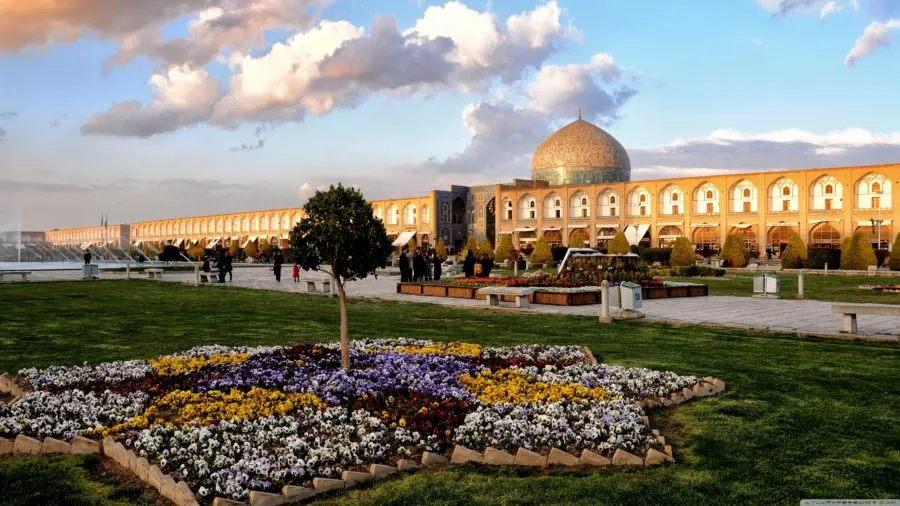
Esfahan is a city in the central part of Iran and is famous for its Persian architecture and handicrafts. Esfahan is also called “half of the world”, due to the rich cultural heritage and diverse arts, handicrafts & monuments. One of the most popular places in Esfahan is Meidan-e Emam, also known as Naghsh-e Jahan square, is situated at the center of Esfahan. It is 160 meters wide by 560 meters long. Naghsh-e Jahan square is the second largest historical square in the world, after Beijing’s Tiananmen Square.
This square contains 4 fundamental elements of life. On the western side of the square, you can see Ali Qapu palace which stands for politics and governmental issues, opposite to it is Sheikh Lotfollah Mosque which represents the learning of science in life. In the southern side of the square, Imam Mosque is located (It is also known as The Shah Mosque, Royal Mosque or New Abbasi Mosque). It is considered as one of the crucial masterpieces of Persian architecture in the Islamic era. This place represents religion in life. The last element is trade and business that was shown by Bazaar (Qeisariyeh Bazaar). There are lots of shops available to buy different handicrafts. While walking around the square you could feel a vibrant life and energy of the square.
4. Takht-e Soleyman (2003)
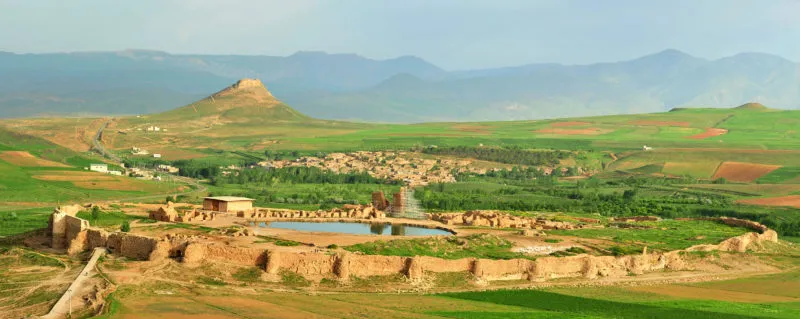
The archaeological site of Takht-e Soleyman is located in north-western Iran, in a valley set in a volcanic mountain region. It is also known as Azar Goshnasp Fire Temple.
The site includes the principal Zoroastrian sanctuary partly rebuilt in the Ilkhanid period as well as a temple of the Sasanian period dedicated to Anahita. This site has important symbolic significance. Furthermore, it is one of the oldest Zoroastrian temples in the world.
The design of the fire temple, the palace, and the general layout have strongly influenced the development of Islamic architecture. The site was destroyed at the end of the Sasanian era but was revived and rebuilt in the 13th century.
5. Bam and its Cultural Landscape (2004)
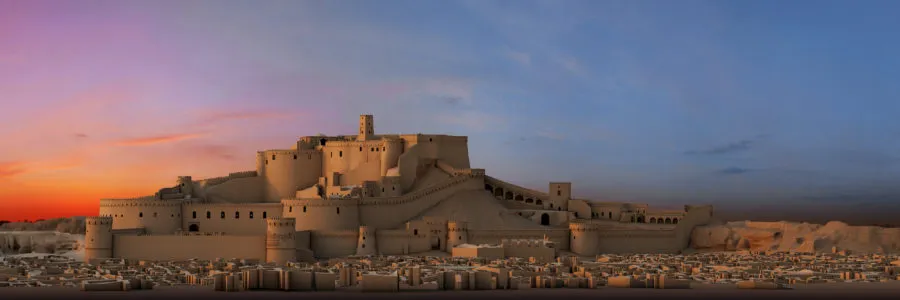
Arg-e Bam(Bam Citadel) is an ancient and historic city locating in Bam, a city in Kerman Province in southeastern Iran. It is considered as the largest adobe unit building in the world. It can be traced to the Achaemenid Empire or even beyond that period. It was basically built for military purposes in the vicinity of Silk Road. The city of Bam is a great outstanding example of fortified settlement and citadel in the Central Asian region. If you are keen on history and especially about Iran’s culture and architecture, Bam Citadel would be the right place.
6. Pasargadae (2004)
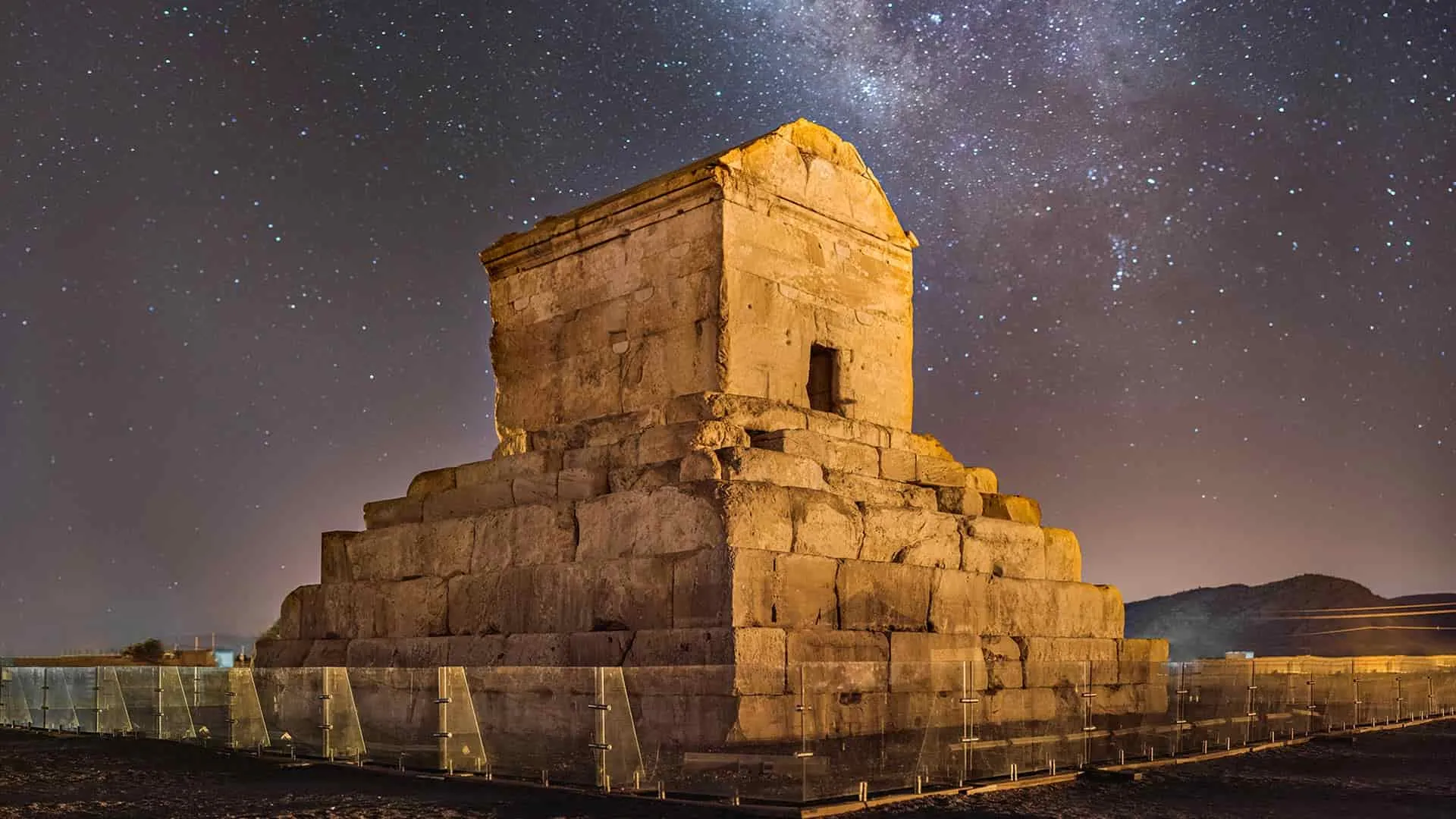
One of the capital cities of Achaemenid dynasty founded (559 BC) under Cyrus II the Great and remained unfinished due to his death during a battle(530 BC). It is one of the oldest residences of Achaemenid. Achaemenid dynasty was one of the first empires respecting all religions, originality, tradition. You can easily find these elements from the inscriptions and architectures.
The most important monument in Pasargadae is the tomb of Cyrus, made of stone and clay. It is located near the city of Shiraz, in Iran. Although there is no firm document and evidence proving that the tomb belongs to Cyrus, it is said by Greek historians that Alexander believed it was. During the Achaemenid period, it was surrounded by gardens and protected, but after was plundered by the armies of Alexander the Great.
7. Soltaniyeh (2005)
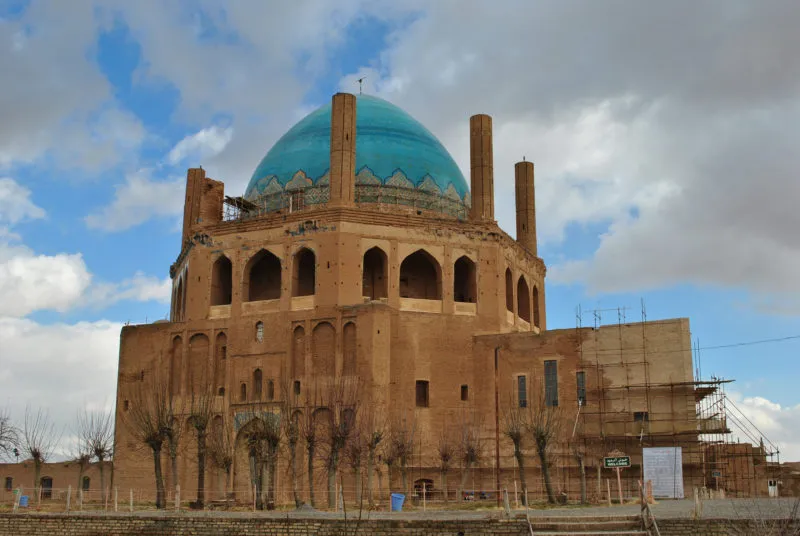
Soltaniyeh is the capital city of Soltaniyeh District of Abhar County, Zanjan Province, northwestern Iran. Once it was the ancient capital of Ilkhani dynasty (branch of the Mongol dynasty). The mausoleum of Oljaytu is the first double-shell dome in the world and also the oldest of its kind (Between the inside shell and outside shell, there is 60cm empty space). During the Islamic art era, there was an outstanding universal value because of brickwork, glazed tiles, architecture, and marquetry which you can observe here. The turquoise-blue dome can be seen from the center of the city.
Whereas the exterior decorations of the mausoleum have suffered a severe decline, the interior decorations have remained intact to a large degree. It is authentic in terms of its form, design, materials, and substance. It is the biggest brick dome in the world.
8. Bisotun (2006)
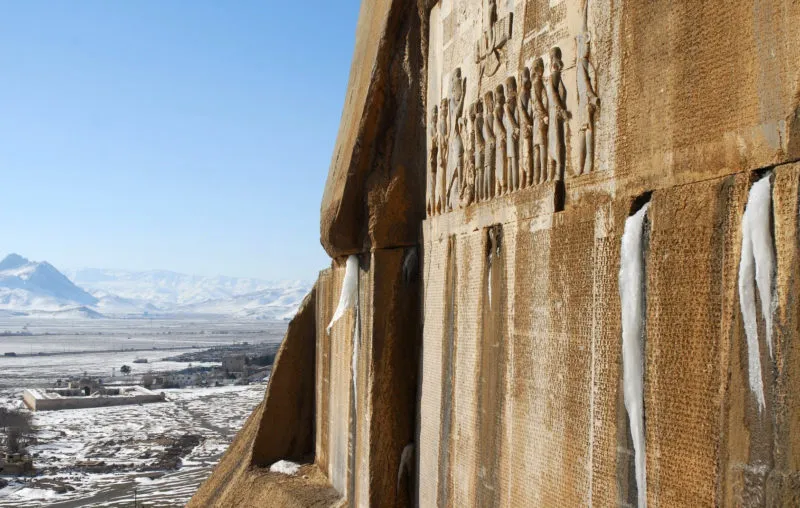
Bisotun inscription is a remarkable and ancient inscription carved on a limestone cliff located in Bisotun district, in Harsin county, Kermanshah Province, western Iran.
It is made by Darius I order to narrate the story of his battles against the governors who attempted to take apart and take the control of the Empire was founded by Cyrus. The inscription is multilingual(written in three languages). This is the only evidence from Achaemenid that depicts Darius I (king of Persia in 522–486 bc) re-established the Empire. This site is related to Iranians literature and culture, the presence legend of Farhad and Shirin (a poem by Nizami Ganjavi great Iranian poet).
9. Armenian Monastic Ensembles of Iran (2008)
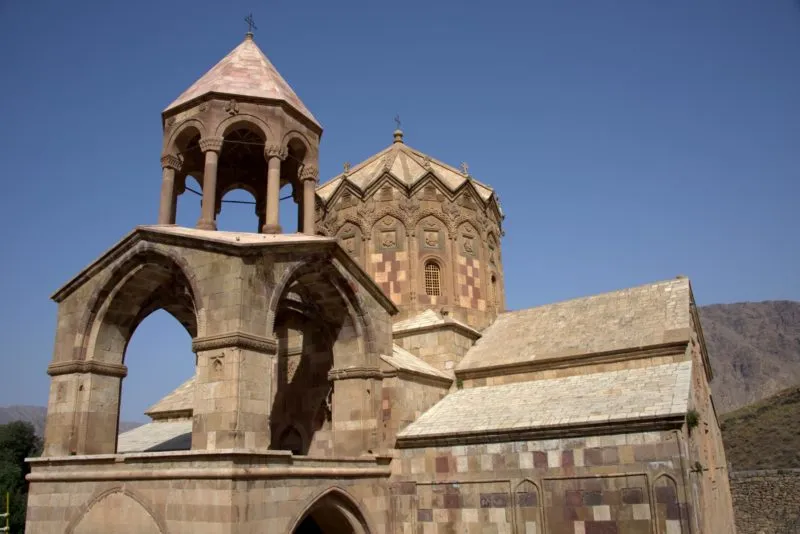
Armenian Monastic Ensembles of Iran are consist of three Armenian churches (the St.Thaddeus Monastery, the Saint Stepanos Monastery and the Chapel of Dzordzor) that established between 7th and 14th centuries A.D, located in West Azerbaijan and East Azerbaijan Province in Iran. These churches occupied a total of 129 hectares(320 acres). They have undergone many renovations and have survived against both human origin and natural disasters.
They illustrate the Outstanding Universal Value of Armenian architectural and decorative traditions. Furthermore, it is still a living place of pilgrimage for the Armenians.
10. Shushtar Historical Hydraulic System
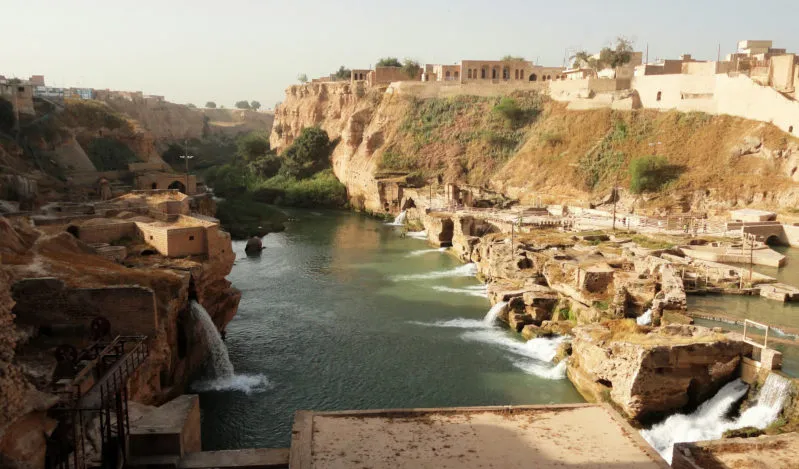
Located in Iran’s Khuzestan Province, Shushtar Historical Hydraulic System inscribed as a masterpiece of creative genius, can be traced back to Darius the Great in the 5th century B.C. The Shushtar system is a homogeneous hydraulic system, designed globally and completed in the 3rd century CE.
It involved the creation of two main diversion canals on the river Karun one of which, Gargarccanal, which is still providing water to the city of Shushtar via a series of tunnels that supply water to mills.
11. Sheikh Safi al-din Khanegah and Shrine Ensemble in Ardabil (2010)
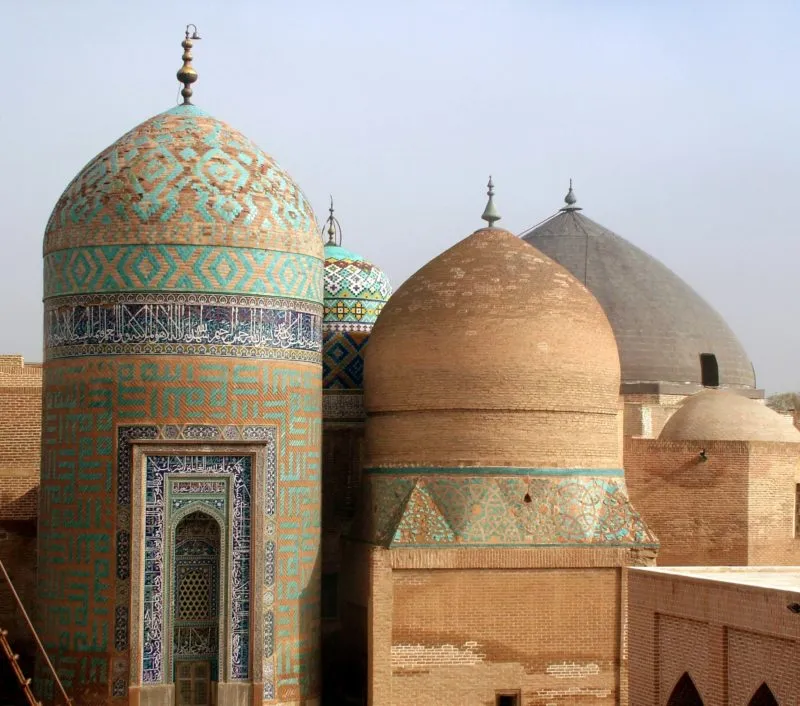
Armenian Monastic Ensembles of Iran are consist of three Armenian churches (the St.Thaddeus Monastery, the Saint Stepanos Monastery and the Chapel of Dzordzor) that established between 7th and 14th centuries A.D, located in West Azerbaijan and East Azerbaijan Province in Iran. These churches occupied a total of 129 hectares(320 acres). They have undergone many renovations and have survived against both human origin and natural disasters.
They illustrate the Outstanding Universal Value of Armenian architectural and decorative traditions. Furthermore, it is still a living place of pilgrimage for the Armenians.
12. Tabriz Historic Bazaar Complex (2010)
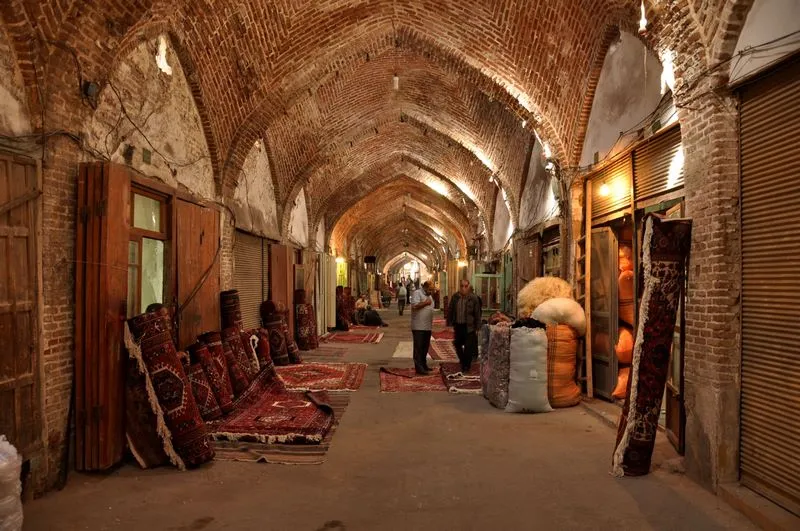
Tabriz is one the most important destination of tourists which is located in the northwest part of Iran, in East Azerbaijan Province. Being located on the Silk Road, and the capital city of Safavid dynasty made Tabriz as one the historical cities with remarkable monuments and places.
Tabriz Historic Bazaar Complex is one of those places containing different trades, stores, and functions. It is one of the largest and important roofed bazaars around the world. This huge structure consists of several sub-bazaars, such as Amir Bazaar (Famous for gold and jewelry stores), Mozaffariye ( Carpet bazaar), a shoe bazaar, and other many other types for various good and staff. Containing nearly about 5500 stores and chambers, 40 various jobs, 12 schools, 5 public bathrooms and occupying 1 square kilometer, it is considered as the main and crucial center of trade and exchange among the Iranians especially the people of Tabriz.
The bazaar was mentioned even by Ibn Battuta the Muslim Moroccan traveler and scholar and Marco Polo, the Venetian traveler. He has passed through it while journeying on the Silk
13. The Persian Garden (2011)
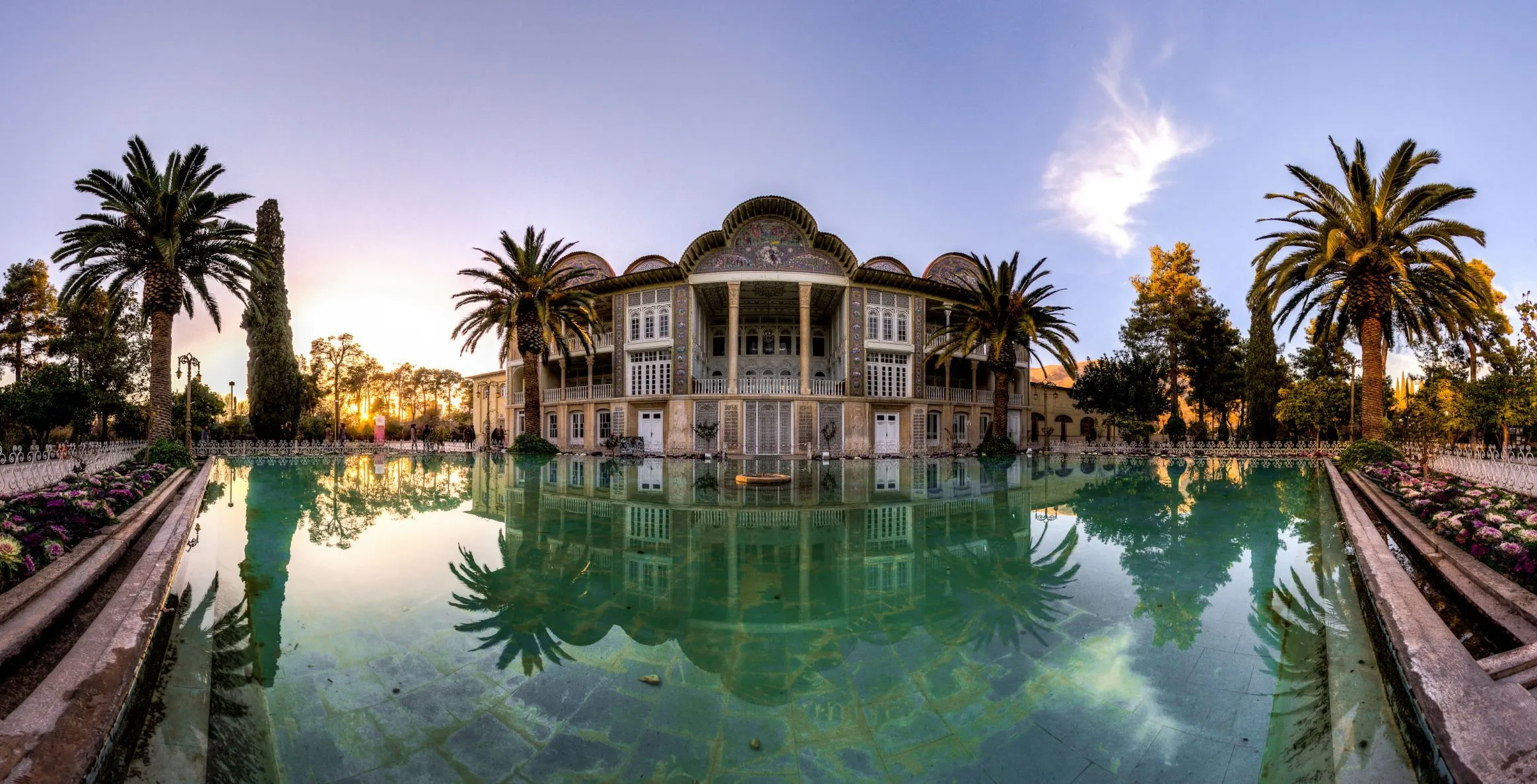
The Persian Gardens consists of a collection of nine gardens, selected from various regions of Iran which represent the diverse forms that this type designed garden has assumed over the centuries and in different climatic conditions.
Persian gardens may originate as early as 4,000 BC, but it is clear that Iranian tradition began with the Achaemenid dynasty around the 6th century BCE.
Natural elements are combined with man-made components in the Persian Garden to create a unique artistic achievement that reflects the ideals of art, philosophical, symbolic and religious concepts. The Persian Garden reveals the concept of Eden or Paradise on Earth.
14. Gonbad-e Qabus (2012)
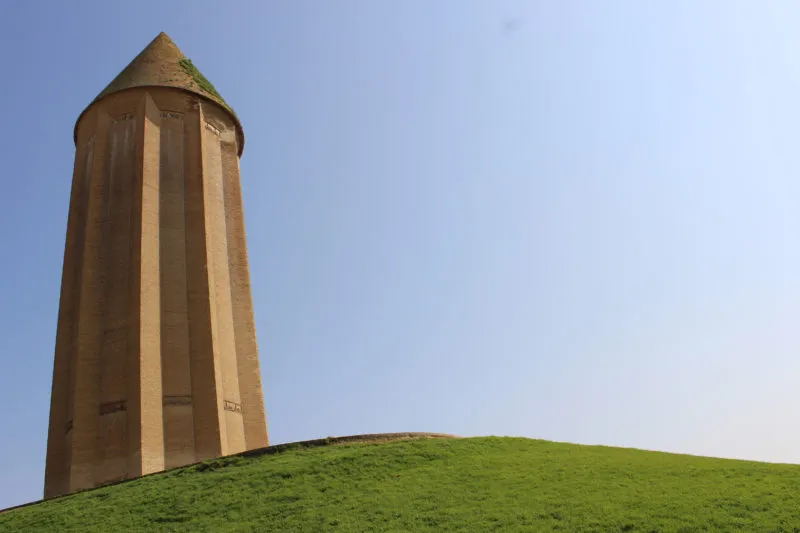
Gonbad-e Kavus (also Gonbad-e Ghabus) is the tallest brick tower in the world and is known as the best work of human engineering history. This tower is located above ground slopes that are 15 meters taller than Earth. The height is 72 meters and is located in northern Iran, Golestan Province. The city of Gonbad-e Kavus has also taken its name from this ancient monument. This tower is the only remaining evidence of Jordan, a former center of arts and science that destroyed during Mongols’ invasion. It illustrates the development of mathematics and science in the Muslim world.
15. Masjed-e Jame of Isfahan (2012)
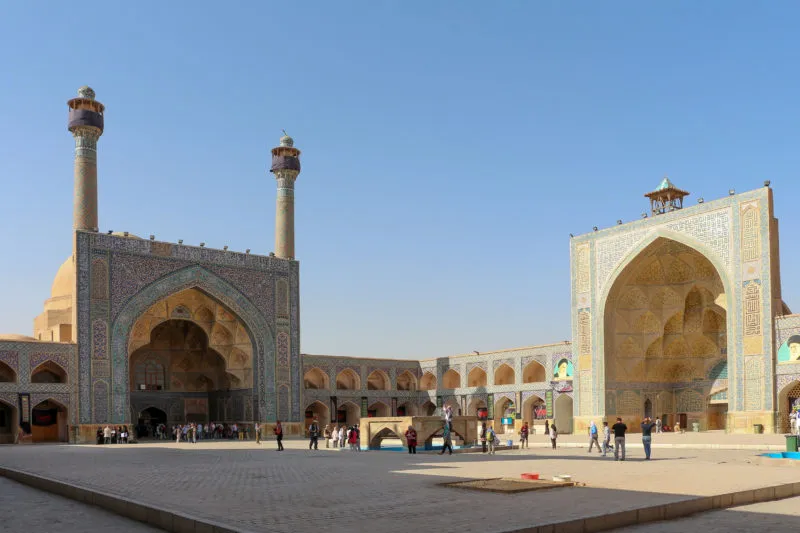
Masjed-e Jãme Isfahan (also named Masjed Jãme Atigh or Masjed-e Jome Isfahan) is one of the historic monuments in Isfahan which were built in 777, illustrates a sequence of architectural construction covering 12 centuries, most predominantly the Abbasid, Buyid, Seljuq, Ilkhanid, Muzaffarid, Timurid and Safavid eras. During a long period of time, this Mosque has undergone significant changes. It is the result of many construction, destruction, reconstruction, and renovations. It was firstly built with adobe and afterward renovated by brick.
This mosque is one of the oldest mosques in Iran built in the four-iwan architectural style.
16. Golestan Palace (2013)
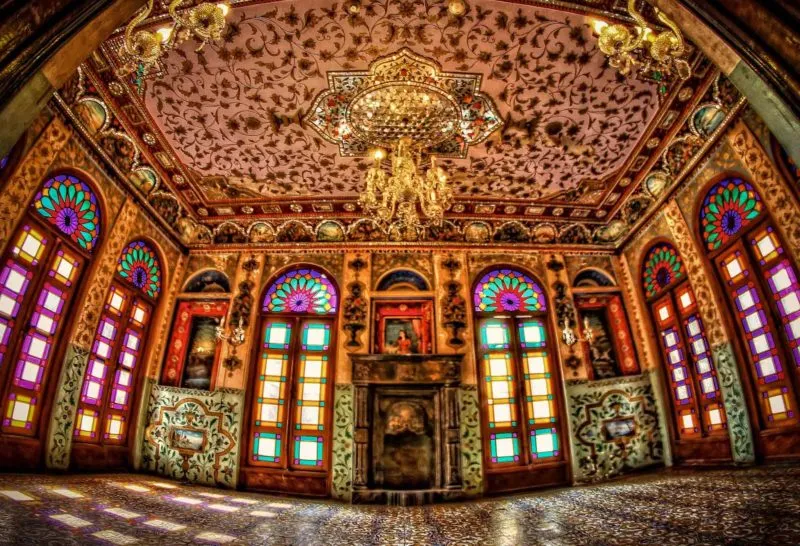
One of the masterpieces of Qajar dynasty, located in the central part of Tehran, is Golestan Palace. It is one of the important monuments which consist of gardens, royal buildings, and collections of Iranian crafts and European presence from the 18th and 19th centuries.
The complex of Golestan Palace consists of 17 structures such as palaces, museums, and halls. It exemplifies the architectural and artistic achievements of the Qajar dynasty era. The Golestan Palace has also been a source of inspiration for artists especially Iranian artists.
17. Shahr-i Sokhta (2014)
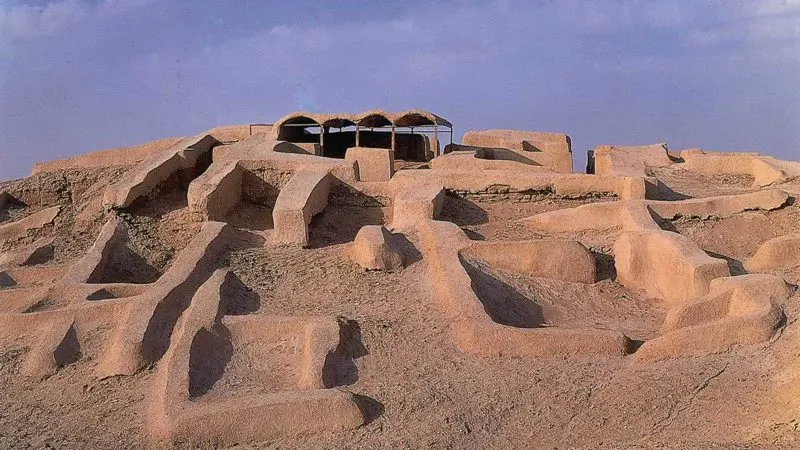
Shahr-i Sokhta (Burnt City) is an ancient city located in the southern part of Iran, in Sistan and Baluchistan Province, near to Zahedan-Zabol road. The city belongs to Bronze era urban settlement. During the archeological surveying and research, awesome and incredible facts have been revealed. For instance, the first artificial eye was found in Shahr-i Sokhta, archeologists believe it belongs to a 25-30-year-old woman, they have estimated the age of the eye is between 2900 and 2800 BC.
Furthermore, the first brain surgery has been operated in this historical city which is really amazing, a skull found during the investigations illustrates the fact. It is estimated this skull belongs to a 14-year-old girl. 4800 years ago such surgery is unbelievable and words cannot express this great work.
18. Cultural Landscape of Maymand (2015)
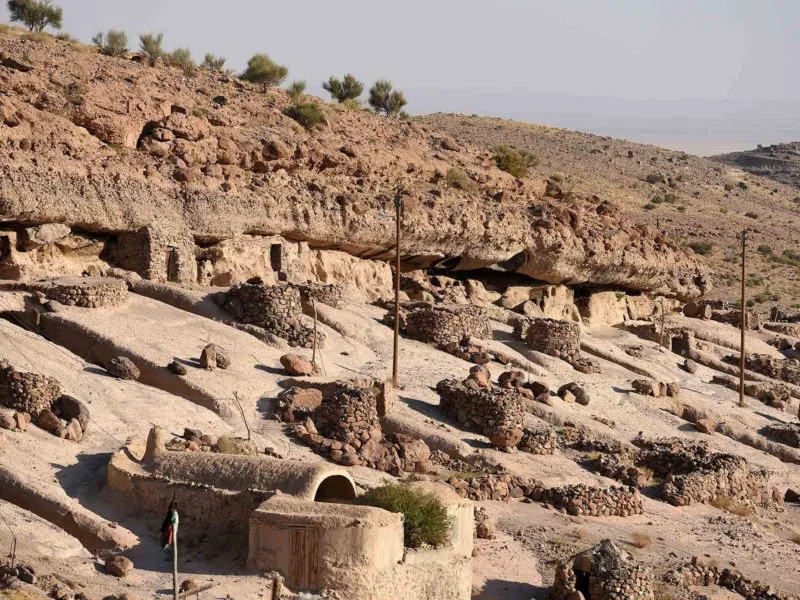
Meymand is an ancient and self-contained village, situated near Shahr-e Babak city in Kerman Province. It is believed that Meymand once was a primary human residence in the Iranian Plateau dating back to 12,000 years ago.
Many of the residents live in the 350 hand-dug houses amid the rocks. Stone engravings nearly 10,000 years old are found around the village and deposits of pottery nearly 6,000 years old are the best testimony about the long history of settlement at the village site.
There are two theories about the history of these dwellings in the mountain.
The view of the village is really special. Having just the opportunity to live for a while in one of those seasonal dwellings would be a great experience.
19. Susa (2015)
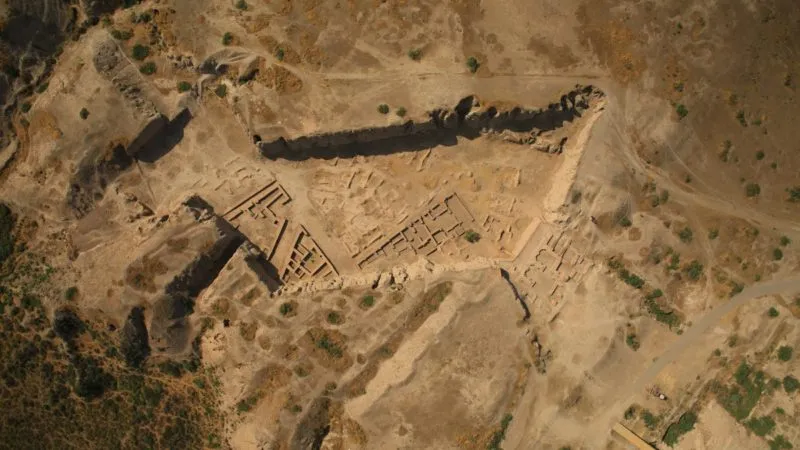
The ancient and historical city of Susa is situated near Shush, in Khuzestan Province, the southern part of Iran. It is one of the oldest settlements in the world which was established 4000 years BC. Based on the evidence, this city is one of the most unique and important of Iran’s ancient eras.
The city was the main point of interaction between the nomadic and sedentary cultures as the capital of Elamite governor. The Ziggurat Tchogha Zanbil, Rah-e Shahi(the kingdom road), Apadana Palace, The Tomb of Daniel are important sites in ancient Susa.
20. The Persian Qanat (2016)
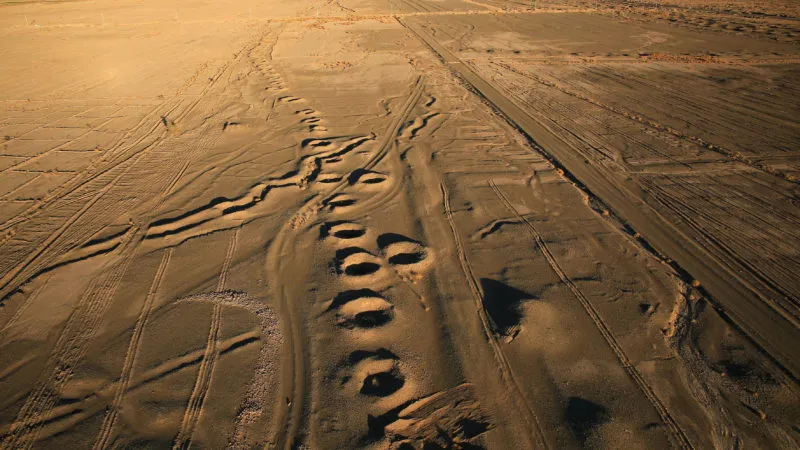
The Persian Qanat is a structure to transport water from the underground to the surface. The doubtful point which is really remarkable and admirable is that the distance between the first vertical shaft and the last one (the outlet) may even be about 70 kilometers. The authenticity of The Persian Qanat is because of its design, technology, building materials, traditions, and management system
The value of the qanat is directly related to the quality, volume, and regularity of the water flow.
Ghasabeh Qanats of Gonabad is one the oldest and largest qanats in the world، contains 427 water wells and approximately 33 kilometers length. The water comes from the outlet is pure and drinkable, also used for agricultural purpose. Qanats are still water carriers and have retained not only their architectural and technological structures but also their function. They provide the essential water source for Iranian settlements.
21. Historic City of Yazd (2017)
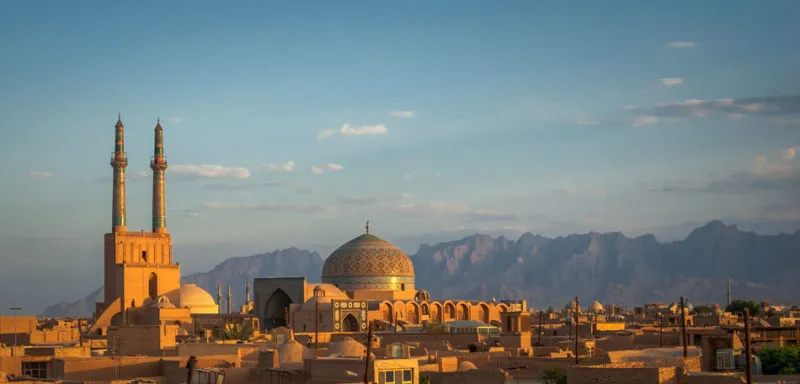
Being considered as a historical city, Yazd has many specific monuments and architectural landmarks giving the visitors an awesome experience. Jameh Mosque of Yazd, Amir Chakhmaq Complex, Dowlat Abad Garden and Zoroastrian Fire Temple are some of the beauties of this mud-brick city. Yazd is also known as the capital of Kavir desert. Furthermore, using raw-brick (sun-dried bricks) and mud in its buildings give it a unique view of the structures interesting everyone wants to travel there. Yazd has been recognized as a World Heritage Site by UNESCO since 2017.
The inhabitant of Yazd is famous for their sense of hospitality and generosity. They behave in the way as you are a part of their family and it brings you a really good feeling.
22. Sassanid Archaeological Landscape of Fars Region (2018)
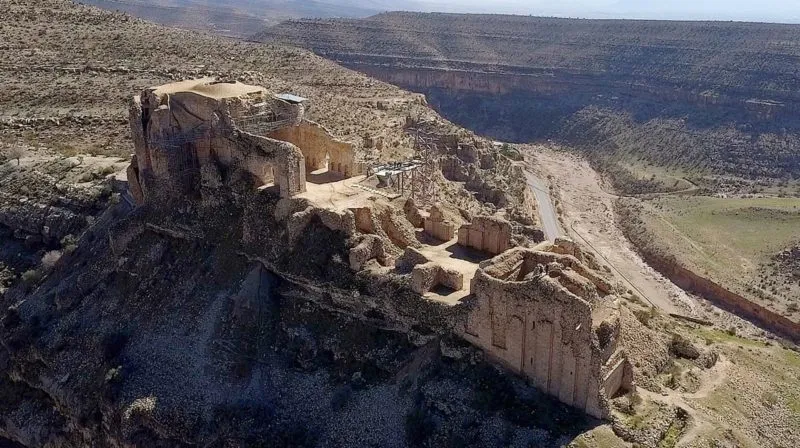
The eight archaeological sites located in three geographical areas in the southeast of Fars Province. These fortified structures, palaces, and cities back to the earliest and the latest times of the Sassanian Empire. Among these sites is the capital built by the founder of the dynasty, Ardashir Papakan, as well as a city and architectural structures of his successor, Shapur I.
These sites spread in three archaeological zones include Firooz Abad, Bishapur and Sarvestan in the southwest part of Fars Province.
23. Lut Desert (2016)
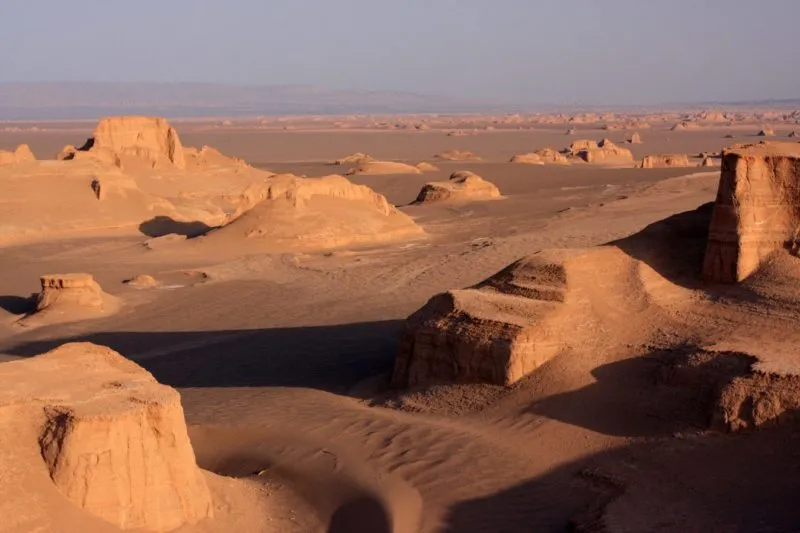
The Lut Desert, Dashte-e Lut is a vast salt desert, located in the province of Kerman and Sistan and Baluchistan. It is the world’s 27th-largest desert, covering a large area approximately 51,800 square kilometers. Lut Desert was inscribed on UNESCO’s World Heritage list on July 17, 2016. It is also one of the hottest and driest places in the world which have reached a top of 70 degrees Celsius, the highest temperature recorded by the weather station.
Lut, is an amazing dessert, everything is untouched, and nature is brilliant. Having the opportunity to experience such hot weather would be strange for Europeans who have mild weather and cloudy days in their countries.
The hottest place on Earth as of 2005 is in the Lut Desert in Iran at 70.7 degrees Celsius. This inviting region is abiotic – meaning without life; not even bacteria have been found. The specific hot zone, covering 480 square kilometers is called Gandom Beriyan (the toasted wheat). With this boiling weather, an egg can be easily cooked in a pan!
Besides, you can enjoy another sort of entertainment like Riding a camel, running or walking on hot sands, riding an ATV motorcycle and etc… Another feature of deserts is the temperature variation between day and night, where the temperature is really low and freezing at night. Furthermore, Lut Desert can give you a spectacular view of stars and dry and clear sky, especially at night.
24. Hyrcanian Forests (2019)
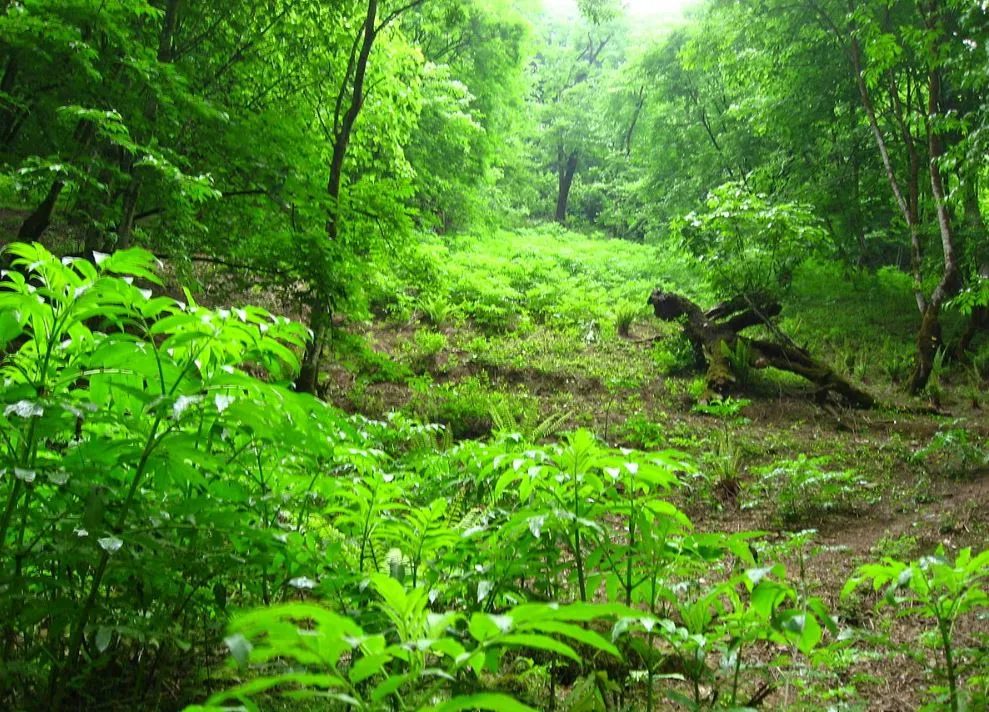
Named after an ancient land in the south-east of the Caspian Sea in modern-day Iran, the Hyrcanian forests were registered on the UNESCO World Heritage List in July 2019. It was praised because of its remarkable flora and fauna on the committee. Once home to the glorious Caspion Tiger who roamed these forests, now the world-famous Persian Leopard, brown bear, wold boars, as well as wolves and lynx. These amazing forests range from the north east of Iran in Golestan province to the more western parts of the Caspian sea like Gilan province.
